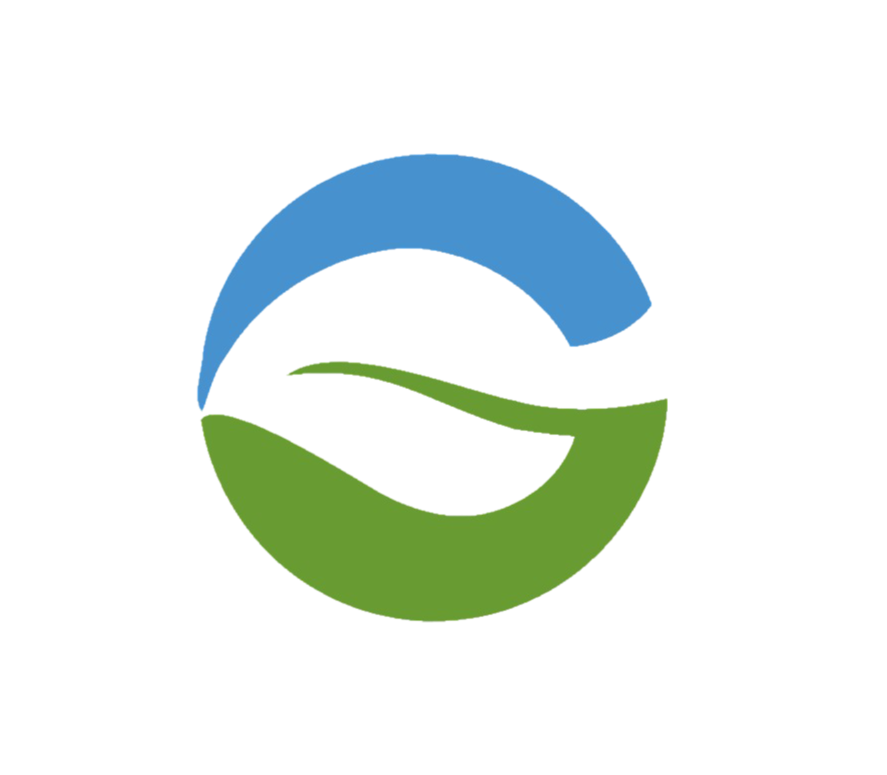How do you transform rising water bills and compliance pressures into a competitive advantage?
For one automotive manufacturer near Chennai, the answer came in the form of a custom-engineered Industrial RO Plant — reducing water treatment costs by 40% within just 12 months.
This case study highlights how smart design, automation, and reject water reuse can deliver real savings and sustainable operations.
1. Background: The Client’s Challenge
A mid-sized automotive components producer in Chennai, relied heavily on high-TDS borewell water (~2200 ppm) for its utility and process needs.
Major Issues Faced:
- Severe scaling in boilers and cooling towers
- Frequent downtime from equipment failure
- High monthly water tanker and chemical bills
- Risk of non-compliance with TNPCB discharge norms
The company needed a sustainable, long-term solution to improve water quality and reduce OPEX.
2. Project Goals
The client’s objectives were clearly defined:
- Reduce total water treatment cost
- Improve process water quality for boilers and equipment
- Reduce tanker dependency and wastewater discharge
- Automate the plant for minimal manual intervention
3. Solution: 5000 LPH Industrial RO with Recovery & Automation
After a comprehensive site audit and feedwater analysis, engineers designed a 5000 LPH Industrial RO system featuring energy-saving and reuse technologies.
Key System Components
| Component | Specification / Function |
|---|---|
| Pre-Treatment | Multi-media filter, ACF, Softener, Antiscalant dosing |
| RO Membranes | Hydranautics 8″ BWRO (99% rejection) |
| Pumps | Grundfos HP pump with VFD (for dynamic energy control) |
| Automation | PLC + HMI for live TDS, pressure & flow monitoring |
| Post-Treatment | UV + pH balancing for process compatibility |
| Reject Reuse | Routed to garden & non-potable wash areas |
| Energy Recovery | Pressure exchanger cutting ~25% of energy use |
4. Installation & Commissioning
Installation was completed in under 4 weeks, including:
- Civil and piping layout prep
- Electrical & VFD integration
- RO skid setup and membrane loading
- Trial run, auto-flush testing, and operator training
All baseline performance data was logged over 6 months for savings validation.
5. Results Achieved
A. Operational Cost Savings
Pre-RO monthly costs:
- Tanker Water: ₹2.5 lakh
- Chemicals: ₹60,000
- Downtime & repairs: ₹40,000
Post-RO impact:
- 80% reduction in tanker water use
- 50% drop in chemical usage
- 15% improvement in boiler efficiency
➡ Total water treatment cost savings: ≈ 40%
B. Improved Water Quality
| Parameter | Before RO | After RO |
|---|---|---|
| TDS | 2200 ppm | 70 ppm |
| Hardness | 680 ppm | < 50 ppm |
| Silica | 38 ppm | < 5 ppm |
| pH | 7.8 | 7.0–7.2 |
| Conductivity | 3100 µS/cm | < 150 µS/cm |
RO water met boiler-feed & production standards — eliminating scaling issues and unplanned shutdowns.
C. Sustainability Gains
- 20–25% reject water reused in gardens and cleaning
- 60% reduction in freshwater intake
- 35 tons CO₂ offset/year from lower energy and logistics
- Near-ZLD compliance through sludge filtration & reuse
6. ROI & Payback Summary
| Item | Value |
|---|---|
| Total Investment | ₹22 lakh (turnkey system) |
| Monthly Savings | ₹1.8 lakh |
| Payback Period | ~12 months |
| Annual O&M Cost | < 5% of CapEx |
➡ ROI achieved within the first year, followed by year-on-year savings.
7. Success Factors
- Accurate raw water analysis & tailored pre-treatment
- Smart automation with remote monitoring
- Energy-efficient design using pressure recovery
- On-site operator training and SOPs
- Creative reject reuse strategy
8. Lessons Learned
- One-size RO plants don’t work — design must match water chemistry
- Automation and VFDs reduce energy and extend membrane life
- Reject reuse is not optional — it’s a key sustainability driver
- A well-maintained RO system can last 5–7 years without membrane replacement


Recent Comments